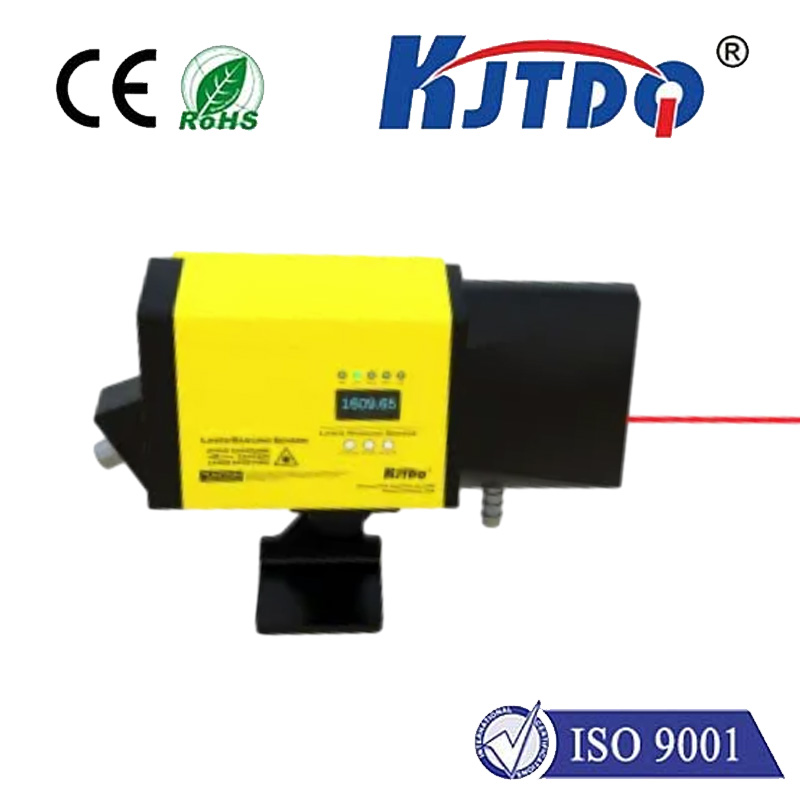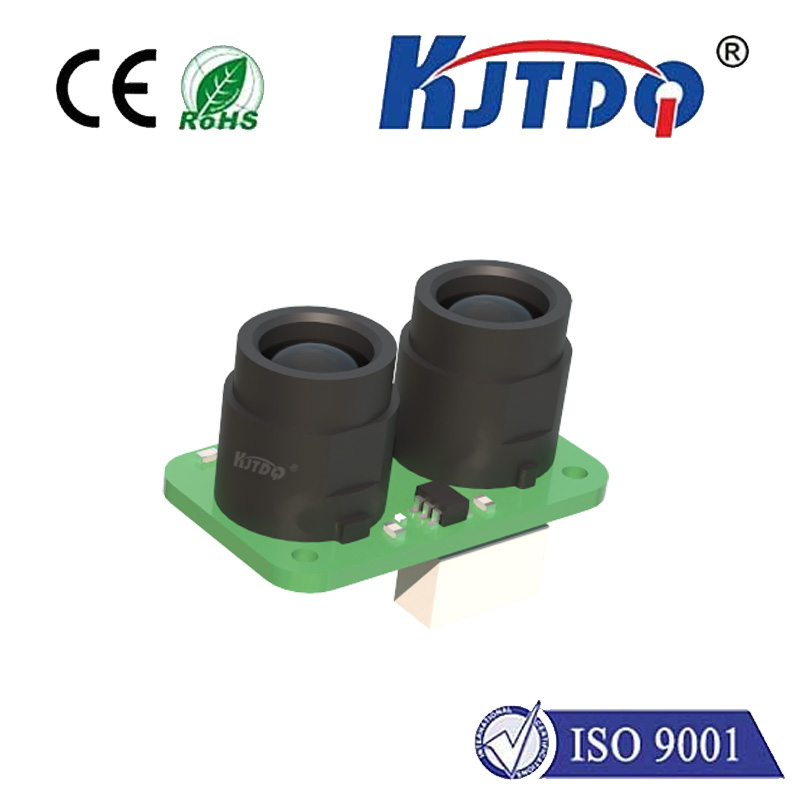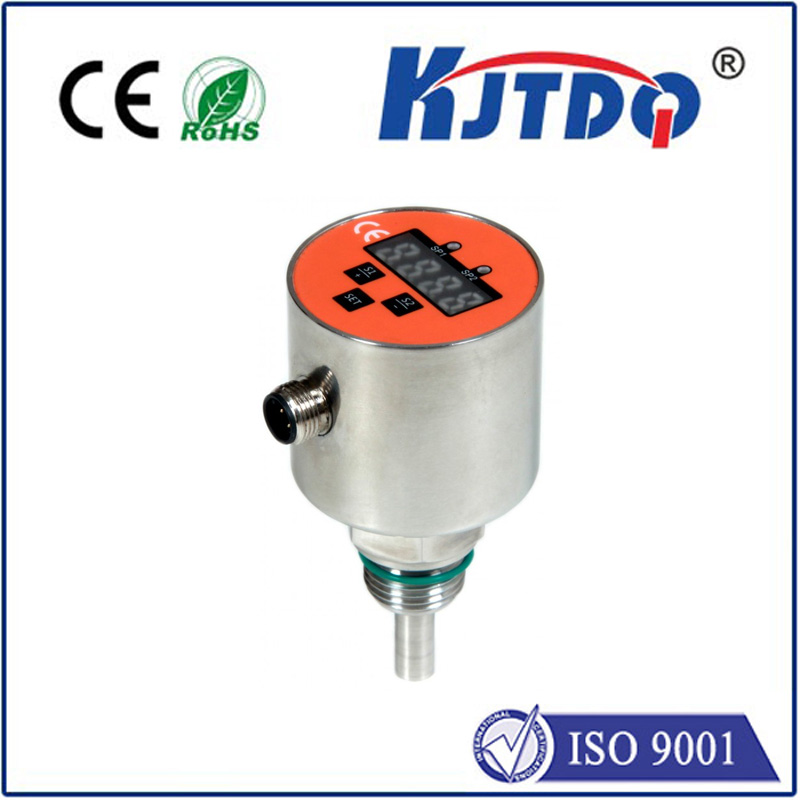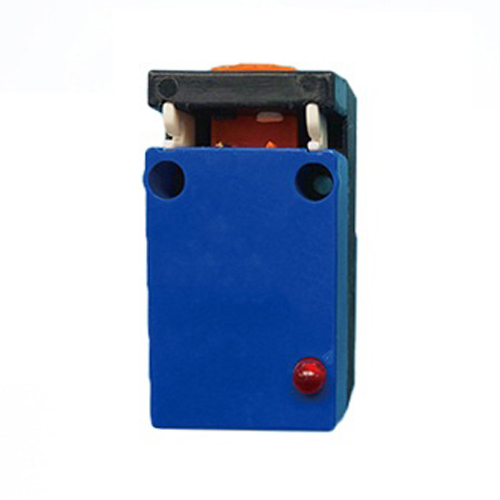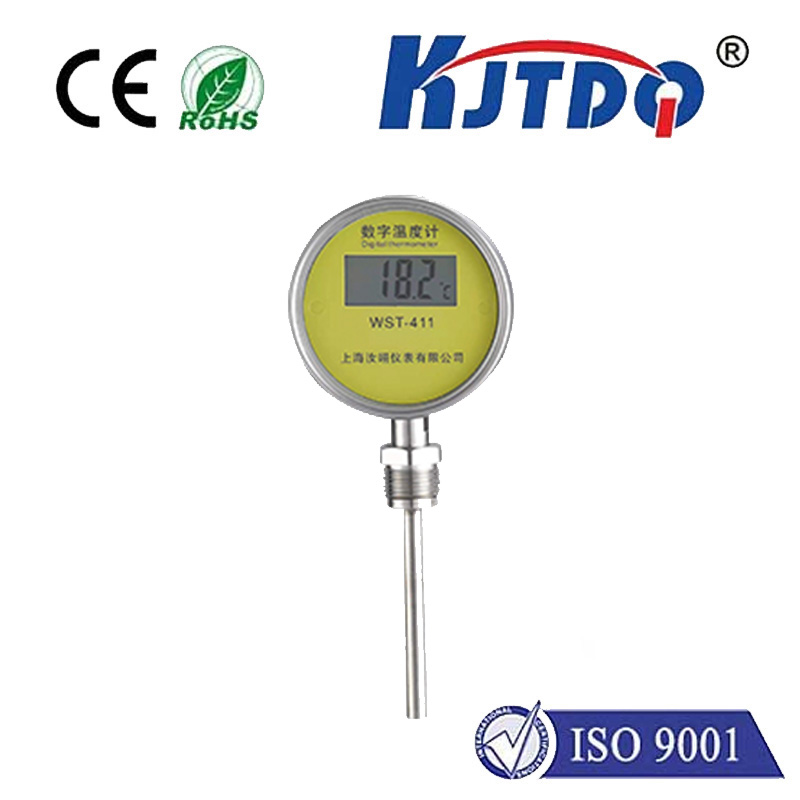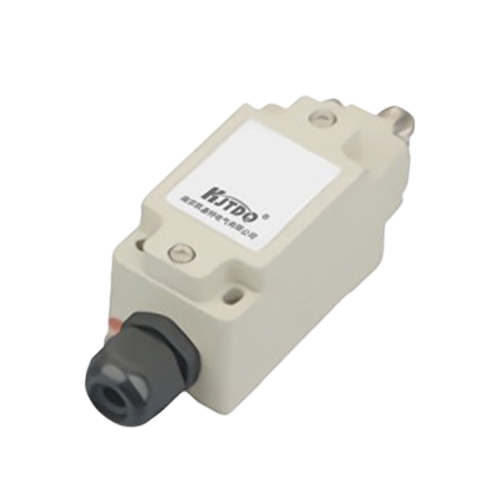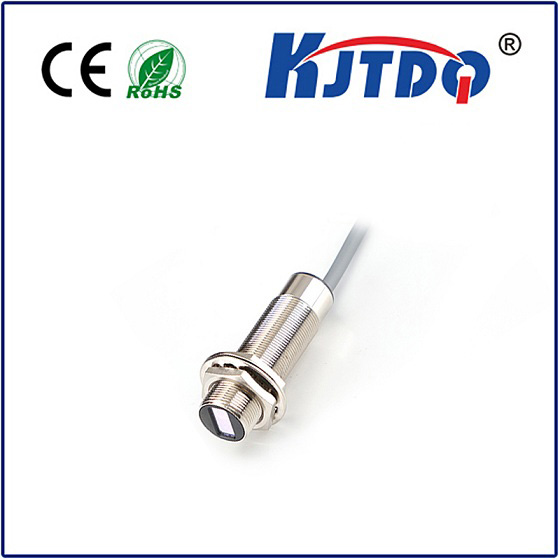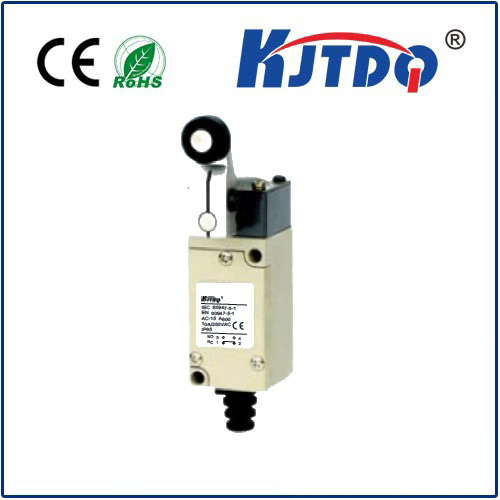measuring light curtain
- time:2025-09-13 01:35:18
- Click:0
Light Curtain Performance Metrics: Precision Measurement for Industrial Safety
Imagine an operator rapidly feeding parts into a high-speed stamping press. Sudden fatigue causes a momentary lapse; their hand drifts perilously close to the deadly point of operation. In a fraction of a second, an invisible beam detects the intrusion, instantly halting the machine, saving fingers and preventing catastrophe. This silent guardian is a safety light curtain – a critical barrier against injury. But its effectiveness isn’t assumed; it’s meticulously measured and verified. Understanding measuring light curtain performance is paramount for ensuring true workplace protection.
Beyond Invisibility: What Are Safety Light Curtains?
Safety light curtains (often called presence-sensing devices or ESPE - Electro-Sensitive Protective Equipment) are active optoelectronic safeguarding devices. They project an array of parallel infrared light beams between a transmitter and receiver unit. When an opaque object breaks one or more beams, the device sends a stop signal to the guarded machinery. Unlike physical barriers, they allow unobstructed material flow while providing robust personnel protection – ideal for applications requiring frequent access like robotic cells, press brakes, packaging lines, and automated assembly.
Why Measurement Matters: The Stakes of Precision

The consequences of an inadequately performing light curtain are severe: potential severe injury, costly machine damage, production downtime, and regulatory violations. Hence, measuring light curtain capabilities isn’t just best practice; it’s an essential component of a compliant safety strategy. Critical performance parameters defined by rigorous international standards (like ISO 13849-1⁄2, IEC 61496-1⁄2, and ANSI B11.19) must be accurately determined and verified.
Key Parameters in Measuring Light Curtain Performance
- Resolution (Finger Safety or Object Sensitivity):
- What it is: The smallest diameter object the light curtain can reliably detect, measured in millimeters (mm). Commonly referred to as the “finger detection” capability (e.g., 14mm, 30mm).
- Why it’s Measured: This determines the level of protection. A higher resolution (smaller number) protects against finer intrusions like fingers, while lower resolutions might safeguard against limbs. Selection depends on the risk assessment for the specific hazard zone.
- Measurement: Verified using standard test rods or fingers of specific diameters specified by the standard.
- Response Time:
- What it is: The total time elapsed from the instant an object interrupts the beam(s) to the moment the light curtain’s safety outputs switch off (OSSDs - Output Signal Switching Devices). This includes intrinsic sensor processing time and any output relay delay. Measured in milliseconds (ms).
- Why it’s Crucial: This is arguably the most critical measurement. It directly impacts the required safety distance (see below). A faster response time allows the light curtain to be placed closer to the hazard.
- Measurement: Precisely measured using high-speed oscilloscopes or specialized safety testing equipment during validation and periodically checked.
- Safety Distance (Calculated Distance):
- What it is: The minimum distance that must be maintained between the detection zone of the light curtain and the nearest dangerous machine motion to ensure the machine stops before a person can reach the hazard.
- Why it’s Calculated (Based on Measurement): This isn’t a direct measurement of the curtain itself, but a calculation fundamentally reliant on the measured response time and other factors:
- Machine stopping time (measured).
- Intruder approach speed (specified in standards, e.g., 1600 mm/s for hand speed).
- Depth penetration factor (resolution-dependent).
- Formula (ISO 13855 simplified):
S = (K x T) + C
S = Safety Distance (mm)
K = Intruder Approach Speed (mm/s)
T = Total System Stopping Time (s) = Light Curtain Response Time + Machine Stopping Time
C = Depth Penetration Factor (mm) - based on resolution
- Protection Height and Field Length:
- What it is: The vertical height covered by the active beams and the horizontal distance between the transmitter and receiver.
- Why Measured: Ensures the detection zone fully covers the hazardous area without gaps. Verified during installation using appropriate targets and alignment tools.
- Alignment Accuracy and Detection Consistency:
- What it is: Verification that the beams are correctly aligned and that detection occurs reliably across the entire field for objects meeting the resolution requirement.
- Why Measured: Misalignment or inconsistent detection can create dangerous “blind spots”. Tested during commissioning and periodic inspections.
Testing, Validation, and Certification
Verifying all these parameters is not a one-time DIY task. It involves:
- Manufacturer Testing: Light curtain manufacturers rigorously test each unit against design standards during production.
- Type Certification: Reputable manufacturers have their products certified by accredited bodies (e.g., TÜV, UL) to specific standards (e.g., IEC 61496-2 Type 4 for highest safety integrity). Look for certification markings.
- Installation Validation: During commissioning, qualified safety professionals perform validation tests, including response time measurement using calibrated equipment and functional checks of the entire safety system (light curtain + machine interface + stopping performance).
- Periodic Inspections (Proof Tests): Essential to ensure continued functional safety over time. Regular tests check alignment, functionality, and response time against original specifications, as performance can drift due to environmental factors or component aging.
Selecting and Implementing with Measurement in Mind
- Conduct a Thorough Risk Assessment: Define the required Performance Level (PL) or Safety Integrity Level (SIL).
- Choose Based on Measured Parameters: Select resolution and required response time based on the hazard and calculated safety distance needs. Prioritize certified products with documented performance data.
- Install Precisely: Follow manufacturer guidelines meticulously regarding mounting, alignment, and safe distances.
- Integrate Correctly: Ensure the light curtain’s OSSDs are wired appropriately to the machine’s safety-related control system (e.g., safety relay, safety PLC).
- Validate and Maintain: Never skip commissioning validation and establish a strict schedule for periodic functional safety inspections and proof testing.
The Unseen Assurance
Measuring light curtain performance transforms an invisible beam of light into a quantifiable, reliable lifesaver. It’s the rigorous science behind the silent shield. By focusing on resolution, meticulously verifying response times, calculating accurate safety distances, and adhering to validation protocols, engineers and safety professionals build robust safety systems. This unwavering commitment to precision measurement ensures that when an intrusion occurs, the light curtain performs flawlessly – turning a potential disaster into nothing more than a controlled stop.






